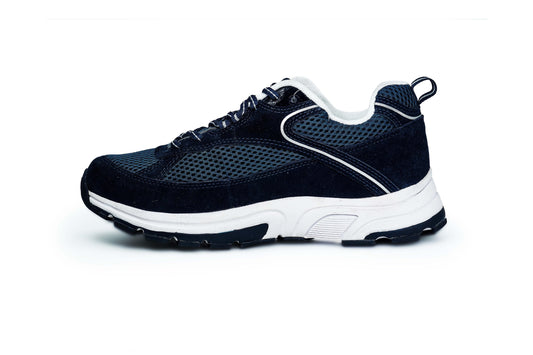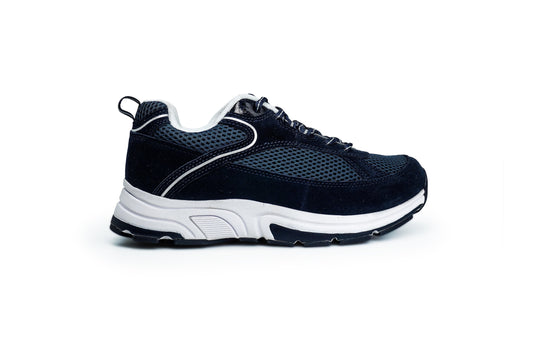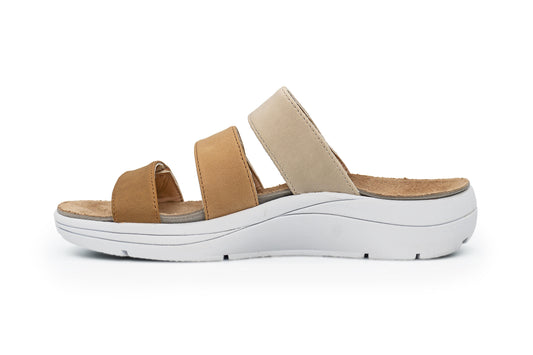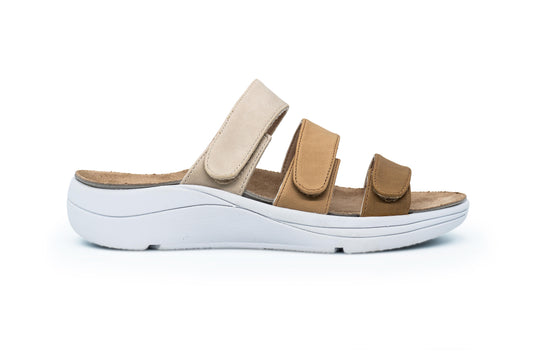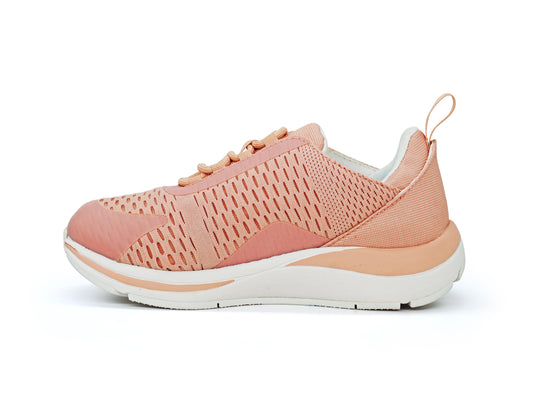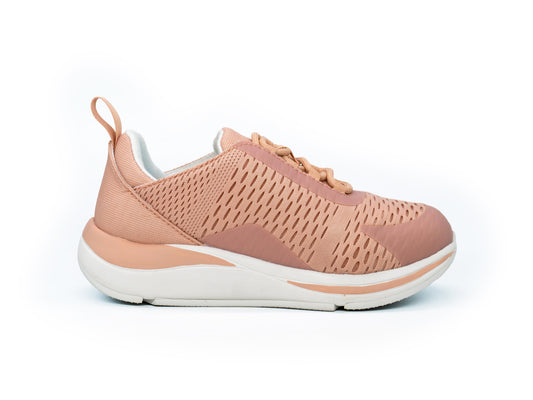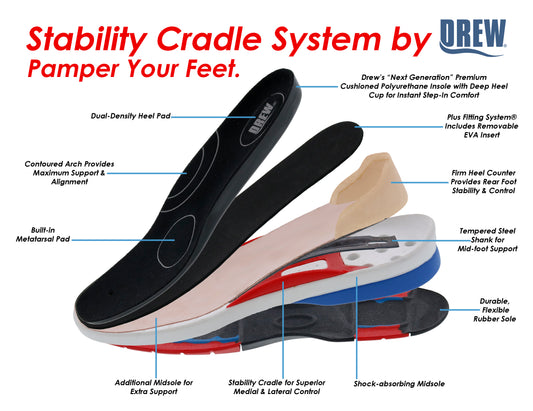The Achilles tendon is a strong, fibrous band that connects the calf muscles to the heel bone. A partial Achilles tear, or partial rupture, occurs when some fibers are torn but the tendon isn’t completely severed. This can cause considerable discomfort and restrict mobility. Despite its strength, this tendon is prone to injuries, particularly under sudden or repetitive stress.
It is crucial to distinguish between partial and complete tears. A partial tear means only some fibers are torn while the tendon remains continuous, whereas a complete tear involves full rupture, often requiring surgical repair.

Causes of Partial Achilles Tears
Overuse from repetitive activities like running or jumping can weaken the tendon over time. Sudden increases in workout intensity or duration without proper adaptation also heighten the risk.
Another major factor is footwear. Ill-fitting or worn-out shoes can alter foot biomechanics and increase strain on the Achilles tendon. Wearing properly supportive footwear from DiabeticShoe.in helps reduce this risk. Explore specially designed men’s and women’s diabetic footwear collections that prioritize support and comfort.

Age also plays a role, as tendons lose elasticity over time, making them more vulnerable even under normal stress.
Recognizing the Symptoms

Common symptoms include:
-
Sharp pain in the back of the ankle or calf, especially while walking or running
-
Swelling and tenderness around the heel or lower calf
-
Stiffness after periods of inactivity
-
Reduced strength in the affected leg, making it hard to climb stairs or stand on tiptoe
-
Sensitivity to touch in the injured area
Diagnosis Methods
A doctor may perform a physical exam, checking range of motion and tenderness. Tests like the Thompson test help evaluate tendon function. Imaging such as MRI or ultrasound is often used to confirm the diagnosis and determine the severity of the tear.
Treatment Options
Treatment depends on the severity of the tear and lifestyle needs.
-
Non-Surgical Approaches
• Rest and immobilization with a brace or cast
• Ice therapy to reduce swelling and pain
• Physical therapy exercises for flexibility and strength
• Pain-relieving medication when necessary
• Orthotics or custom inserts for better alignment and pressure distribution – available with supportive designs at DiabeticShoe.in -
Surgical Repair
• In cases where conservative treatment doesn’t work, surgery may be required to stitch the torn fibers together
• Post-surgery rehabilitation includes gradual weight-bearing, strengthening exercises, and careful monitoring
Recovery Journey
Recovery usually happens in phases:
-
Initial weeks: focus on pain reduction, rest, and immobilization
-
Next stage: reintroducing movement and guided exercises
-
Later stage: gradual return to regular activities under physiotherapist guidance
-
Regular follow-ups: ensure healing is on track and prevent setbacks
Preventing Partial Achilles Tears
Prevention is always better than cure. Supportive shoes, like those offered by DiabeticShoe.in, are an essential step in protecting the Achilles tendon. Strong calf muscles, flexibility exercises, warming up before workouts, and progressing workouts gradually also play key roles in prevention.
When to Seek Medical Help
If pain, swelling, or stiffness persists despite rest, it’s vital to consult a healthcare professional. In some cases, orthopedic or sports medicine specialists may be needed to design an appropriate recovery plan.
Keeping Your Step Strong
The Achilles tendon may be the body’s strongest tendon, but it still requires care. By recognizing early symptoms, choosing supportive footwear, and following preventive measures, you can safeguard your mobility and keep moving with confidence.

